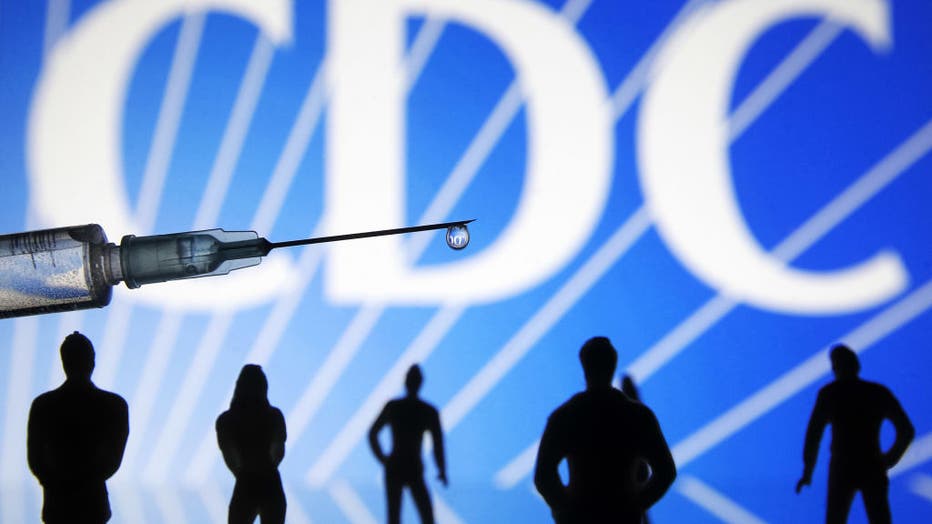People with disabilities face more barriers accessing COVID-19 vaccine, CDC data shows
ATLANTA - American adults with disabilities have lower COVID-19 vaccination rates than people without a disability and the U.S. Centers for Disease Control and Prevention (CDC) says it’s not because people with disabilities don’t want the jabs.
Data shows people with disabilities, such as difficulty seeing, hearing or walking, are more likely to want a COVID-19 vaccine than not. But it also reveals a troubling statistic: This demographic has a harder time accessing the vaccines.
Throughout May and June, researchers surveyed nearly 57,000 people living outside of nursing homes and other institutions.
RELATED: Nearly 200M US adults have at least 1 COVID-19 vaccine dose, White House says
In 50- to 64-year-olds, 63% of people with a disability had been vaccinated while 72% of that age group without disabilities had been vaccinated.
The gap shrunk among people older than 75 — with 88% percent of people with a disability being inoculated compared to 90% of people without one.
"Reducing barriers to vaccine scheduling and making vaccination sites more accessible might improve vaccination rates among persons with disabilities," the CDC said.

In this photo illustration a medical syringe and small figures of people are seen in front of the Centers for Disease Control and Prevention (CDC) logo. (Photo Illustration by Pavlo Gonchar/SOPA Images/LightRocket via Getty Images)The World Health Or
A review of official state and territorial COVID-19 vaccination registration websites found not all websites are in compliance with basic accessibility recommendations.
Online scheduling systems can provide call lines for people who need help making an appointment or getting to a vaccination site. But even if they make it to the site, the CDC says they still might face barriers once they arrive.
The Americans with Disabilities Act requires compliance from all vaccination sites. The sites, however, are not required to have American Sign Language (ASL) interpreters or providers trained to work with persons with intellectual or other developmental disabilities, the CDC explained.
RELATED More minorities getting COVID-19 vaccine, White House says
And people who need others to drive them to the sites or need special vehicles to get around deal with a daunting transportation obstacle not faced by people without disabilities.
The CDC said public health officials must address these inequities by "making health messages and vaccination information available in ASL, braille, and easy-to-read formats, making all vaccination sites more accessible to persons of all ability types, including persons with intellectual disabilities and sensory disabilities, and making COVID-19 vaccination available to those who are unable to leave their homes easily or independently."
"These efforts would be relevant to the reduction of health disparities related to disability beyond the COVID-19 pandemic," the CDC said. "Further, regular collection of disability status as a demographic variable in public health surveillance systems can facilitate ongoing monitoring of health disparities among persons with disabilities and help guide understanding of the contextual factors underlying health inequities."
This story was reported from Atlanta.


